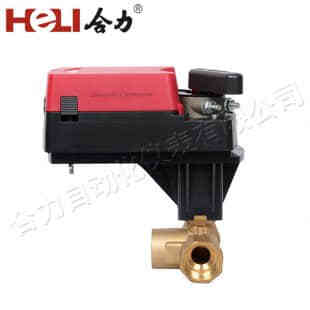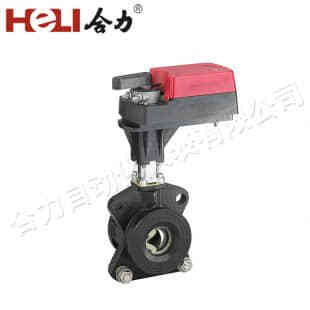In modern building management systems, maintaining a comfortable and energy-efficient indoor environment is paramount. One critical component that contributes significantly to this objective is the damper actuator. Damper actuators play an essential role in controlling airflow within heating, ventilation, and air conditioning (HVAC) systems. This article explores the function, types, and benefits of damper actuators, emphasizing their importance in efficient climate control.

What is a Damper Actuator?

A damper actuator is a device that controls the position of a damper, which is a mechanical component that regulates the flow of air or gas in HVAC systems. By adjusting the damper’s position, the actuator modulates airflow to different areas of a building, ensuring optimal temperature and air quality. The actuator receives signals from a building management system or a thermostat, adjusting the damper accordingly to meet the desired conditions. Types of Damper Actuators Damper actuators can be categorized based on their power source and control mechanism: Electric Actuators: These are the most common type, powered by electricity. They offer precise control over damper position, making them ideal for applications where accuracy is crucial. Electric actuators can be further divided into:
